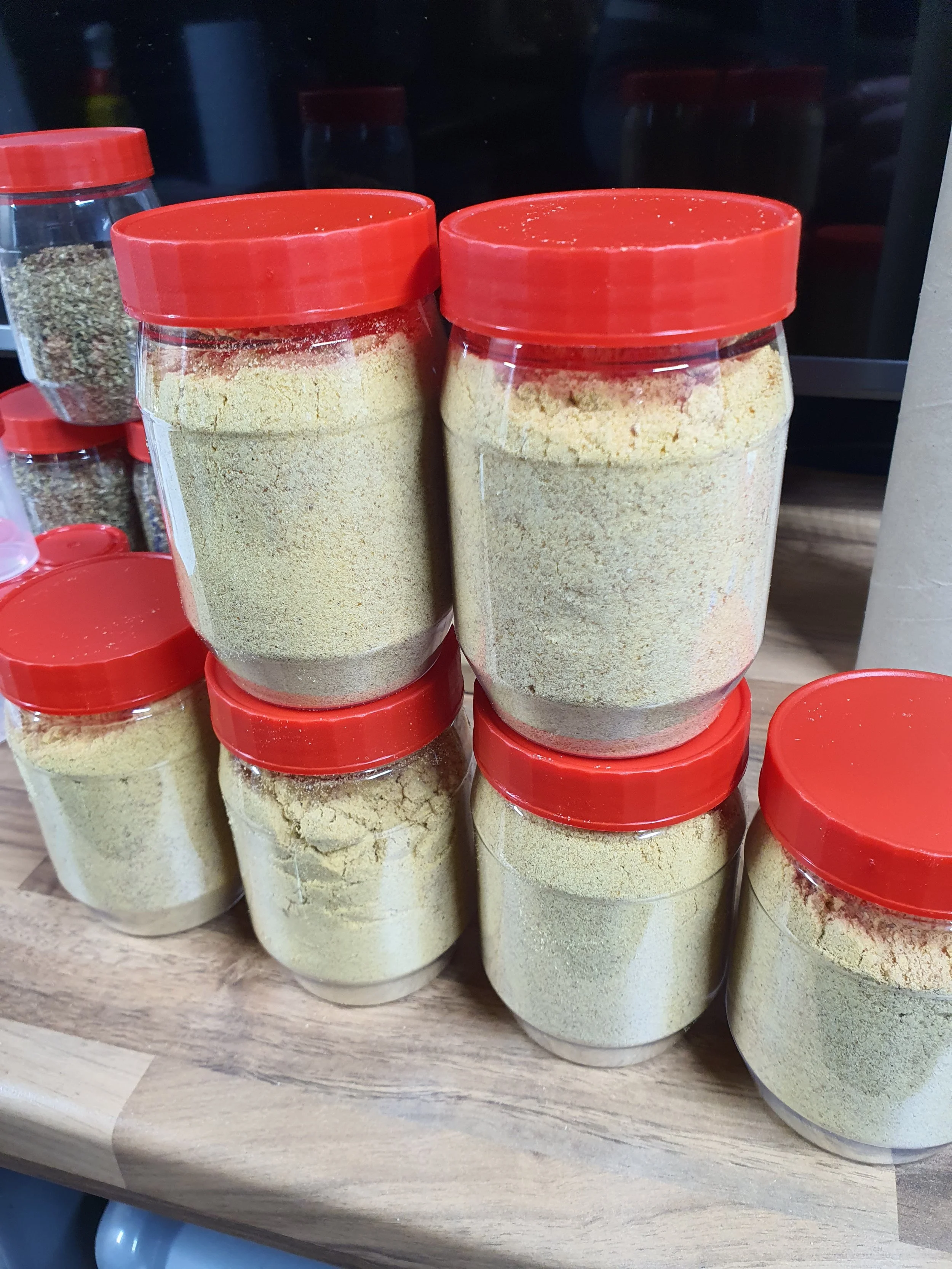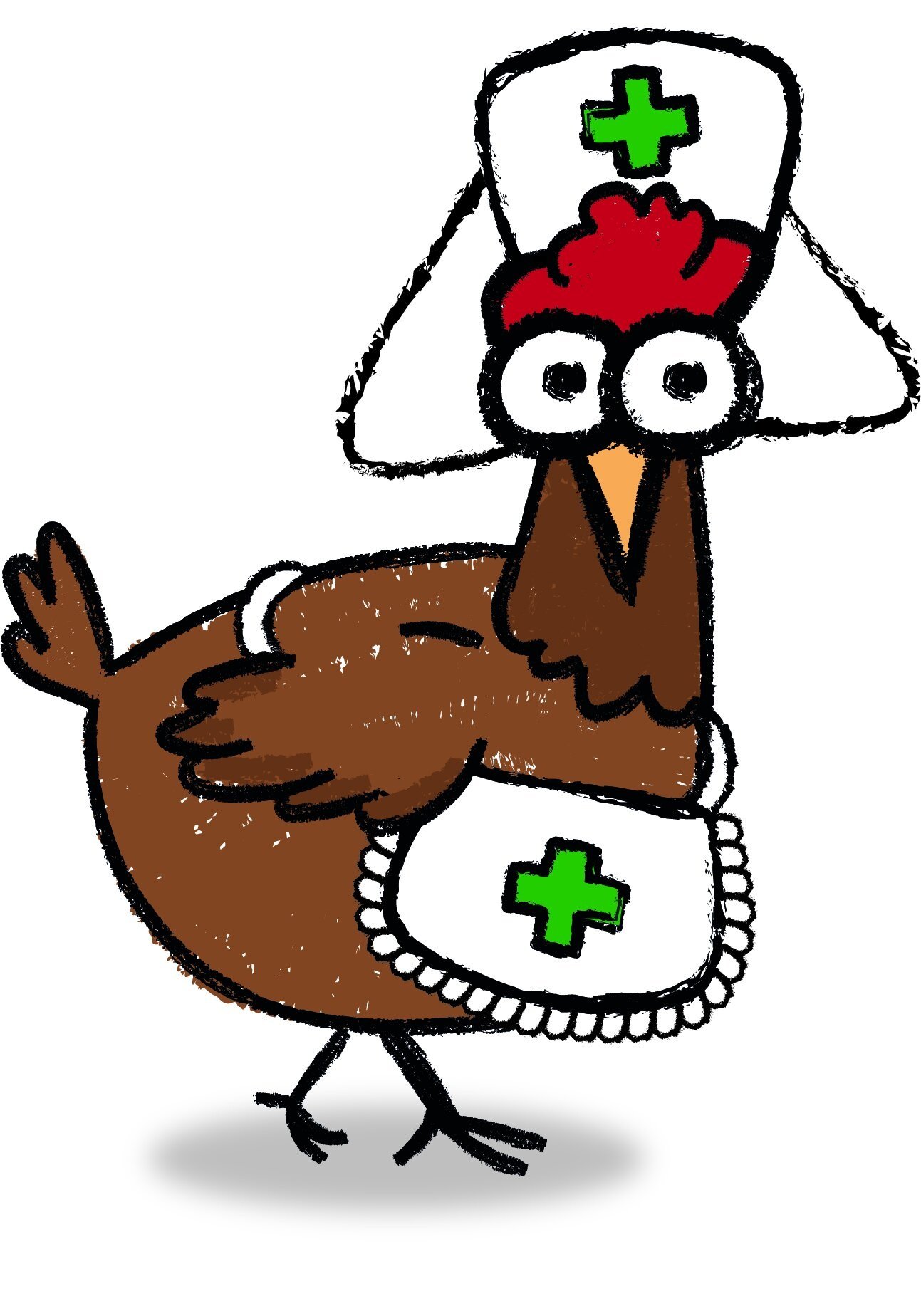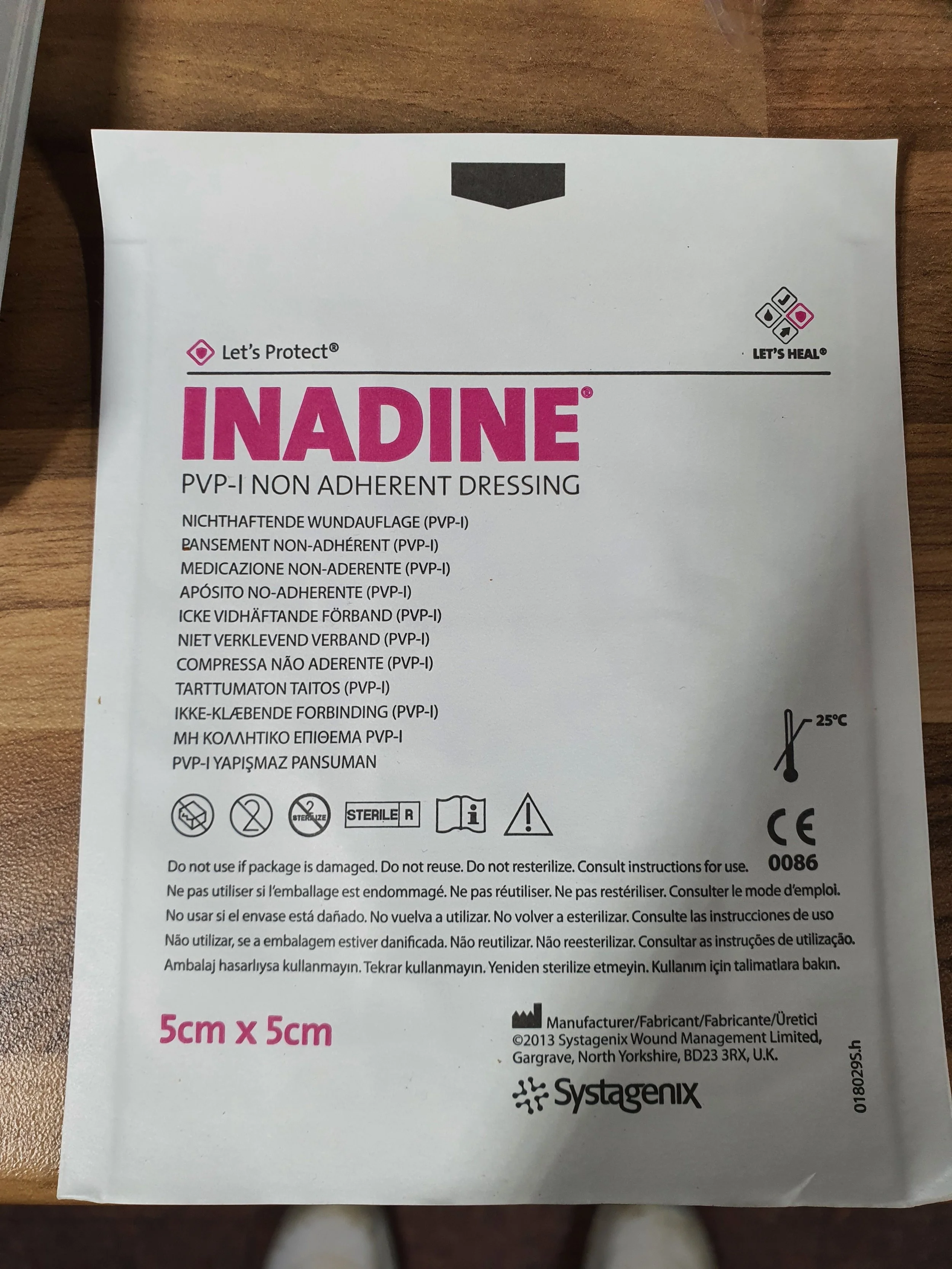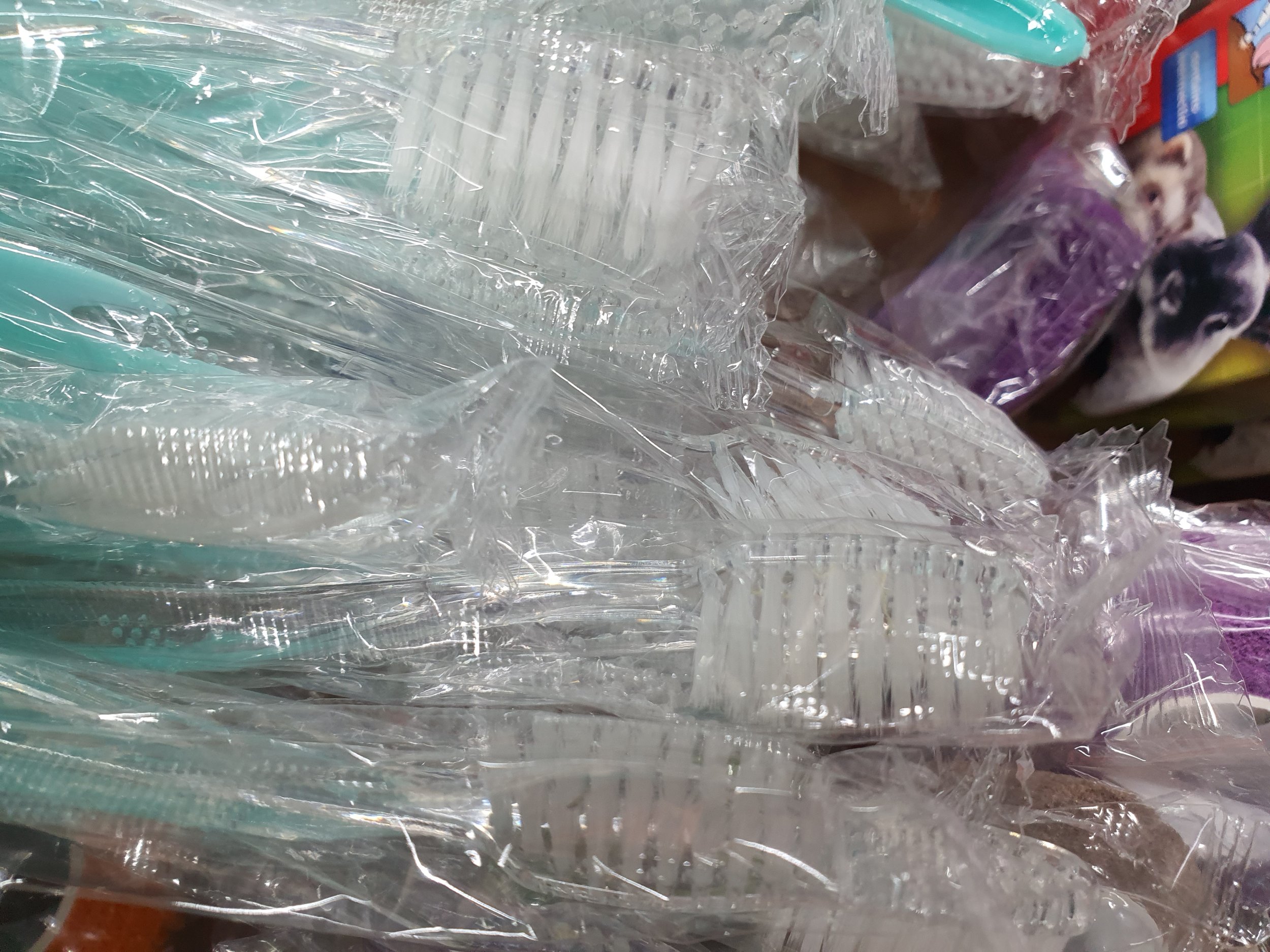Critical Care Crop Feeding Pack - 1 Bird 1 Week
This Pack contains enough equipment and formula to syringe feed a large breed chicken twice a day for 5 Days. Pack Contents:
1 x 150g THC Critical Feed Formula (10 feeds) Contains prebiotics & probiotics, especially for birds
1 x 20ml Feed Scoop
2 x 60ml Syringe (fill to 50ml)
2 x 20cm (8-inch) PVC Crop Feeding Tube
This Pack contains enough equipment and formula to syringe feed a large breed chicken twice a day for 5 Days. Pack Contents:
1 x 150g THC Critical Feed Formula (10 feeds) Contains prebiotics & probiotics, especially for birds
1 x 20ml Feed Scoop
2 x 60ml Syringe (fill to 50ml)
2 x 20cm (8-inch) PVC Crop Feeding Tube
This Pack contains enough equipment and formula to syringe feed a large breed chicken twice a day for 5 Days. Pack Contents:
1 x 150g THC Critical Feed Formula (10 feeds) Contains prebiotics & probiotics, especially for birds
1 x 20ml Feed Scoop
2 x 60ml Syringe (fill to 50ml)
2 x 20cm (8-inch) PVC Crop Feeding Tube
Place 1 scoop of THC Critical Feed Formula (CFF) into a small dish, bowl, or plastic container. Add any medicines or favourite powdered herbs (oregano, garlic, thyme, etc) required at this stage to the CFF and mix with a spoon or fork. The CFF is a complete feed for any bird and needs no additional ingredients or vitamins adding. Drizzle a little Olive oil on top (always keep olive oil handy for your chickens, it will be useful for many other things). Add a little warm water and mix with a teaspoon or fork to a medium creamy consistency, adding small amounts of water as required. Experience will help you reach the correct consistency to be able to suck the mixture into the syringe, watery or runny is no good, too thick and lumpy is no good.
Note: the CFF will slowly set hard if left to stand too long so once you have the correct consistency (something like double cream) the best time to administer the feed is right away. Do not prepare the feed too far in advance.
If the mixture sets too hard to suck into the syringe, simply add a little more water and mix to a creamy consistency again. We advise that you only prepare enough CFF at any one time to feed the number of sick birds you have (preferably only 1 bird).
Attach the feeding pipe firmly to the syringe and suck up the mixture into the syringe via the feeding pipe, keeping the end of the pipe submerged in the CFF mix so you don’t draw in excess air. You may need to tip the bowl when you near the end of the mixture to exclude air.
Draw the mixture in steadily until you reach the 50ml marker on the syringe, then lift the pipe out of the mixture and tilt it upright as we are now going to remove any air. Draw the plunger in until all the CFF mixture and air are gone from the pipe and into the syringe. Tilt the syringe s that the outlet spout on the syringe is at the top and gently depress the plunger until all the air leaves the syringe and pipe and the pipe is full of CFF mixture to the very tip. If you now have 50ml of the mixture in the syringe and the pipe is full you are ready to administer the feed. 50ml of feed will completely fill the average large breed chicken crop. If you have less than intended, now that the air is excluded, you can insert the pipe back into the mixture and draw more in until the 50ml line is reached. There is no benefit to going beyond the 50ml marker and you may draw the plunger completely out of the syringe if you do - please be careful.
Administering the feed (this is easiest with a helper)
Catch your chicken
Important!
Ensure in advance, now that you have her, that her crop is empty or very nearly empty, do not administer a crop feed to a chicken with sour crop or impacted crop you will kill her.
Ask your assistant to hold the chicken gently but firmly in front of you and slightly to one side (adjust to suit your own height and posture to what is most comfortable for you, your helper, and your chicken). Gently grip the chicken’s beak between thumb and finger briefly and she will usually open her beak immediately. If she doesn’t, apply very gentle pressure on each side of the beak until she does (this bit takes a little practice initially). At all times do not be rough, rapid, or harsh with your bird, she is already sick so be gentle, patient, and caring with her, it gets much easier with practice.
As soon as she opens her beak, gently prop it open with your finger and thumb and slide the syringe pipe very gently but smoothly over her tongue avoiding the airway at the back of her tongue and insert around 2-3 inches into her throat. Your chicken will usually allow you to do this without too much fuss but she may shake her head and eject the pipe - if she does simply start again.
Once the pipe is safely past her airway and a couple of inches or so (no more) into her throat you may start to pump the feed gently but smoothly into her crop, this will usually work best if you do it at the same speed you sucked it into the syringe and no faster. If you go too fast you may cause the food to slosh into her crop and up her throat into her airway and she could drown, if you go too slow she may get impatient and spit out the pipe.
Once you have administered the feed you may place your chicken back where she came from, in with the other girlies, or back in her hospital bed. She will know she has had a big feed and may seem quite pleased with herself.
Cleaning the equipment
After administering the feed you may clean the syringe and pipe as follows and reuse them up to 10 or more times (if cleaned thoroughly and carefully).
Suck clean water rapidly into the syringe and forcefully eject it again 2 or 3 times to wash out any waste CFF. Do the same again using warm water and detergent in your washing-up bowl. Pull the plunger completely out of the syringe and carefully wash the plunger, the syringe body, and the feeding pipe with warm water and kitchen detergent. Harsh cleaning chemicals such as Milton or other sterilizing fluids will shorten the life of the rubber components of the syringe plunger so please bear this in mind.
To reuse the syringe
In human medicine, the syringes are designed for single use only and after several uses, the plunger rubber will stretch and it will be difficult to reassemble the plunger into the syringe body. Pour a few drops of olive oil into the open end of the syringe body then, holding the plunger against the hole, cause the oil to run onto the plunger rubber and rotate the plunger to smear olive oil onto the whole of the rubber component of the plunger, this will allow much easier reassembly of the syringe and extend the life of the plunger.
































































